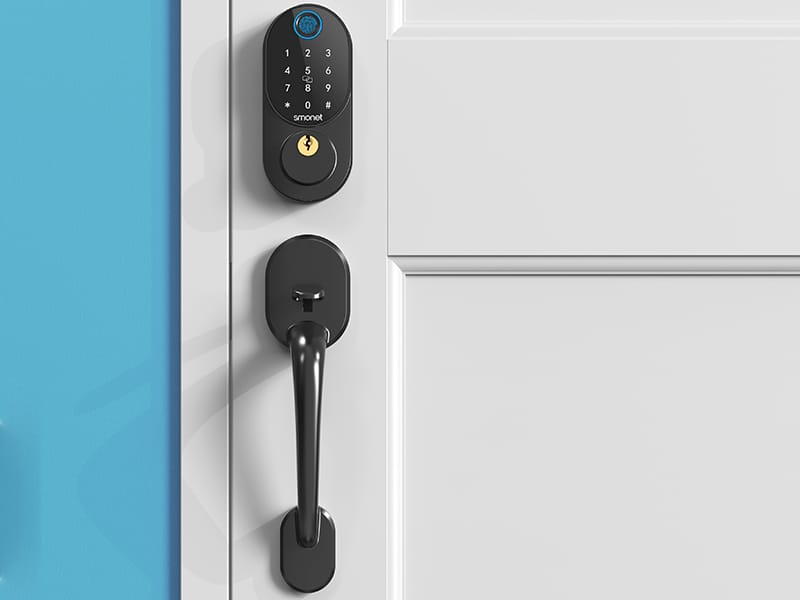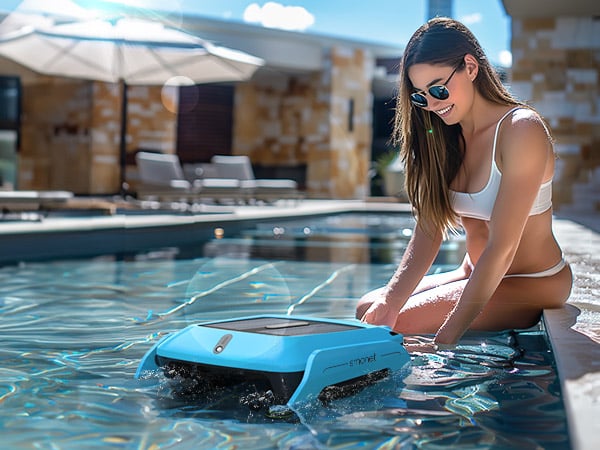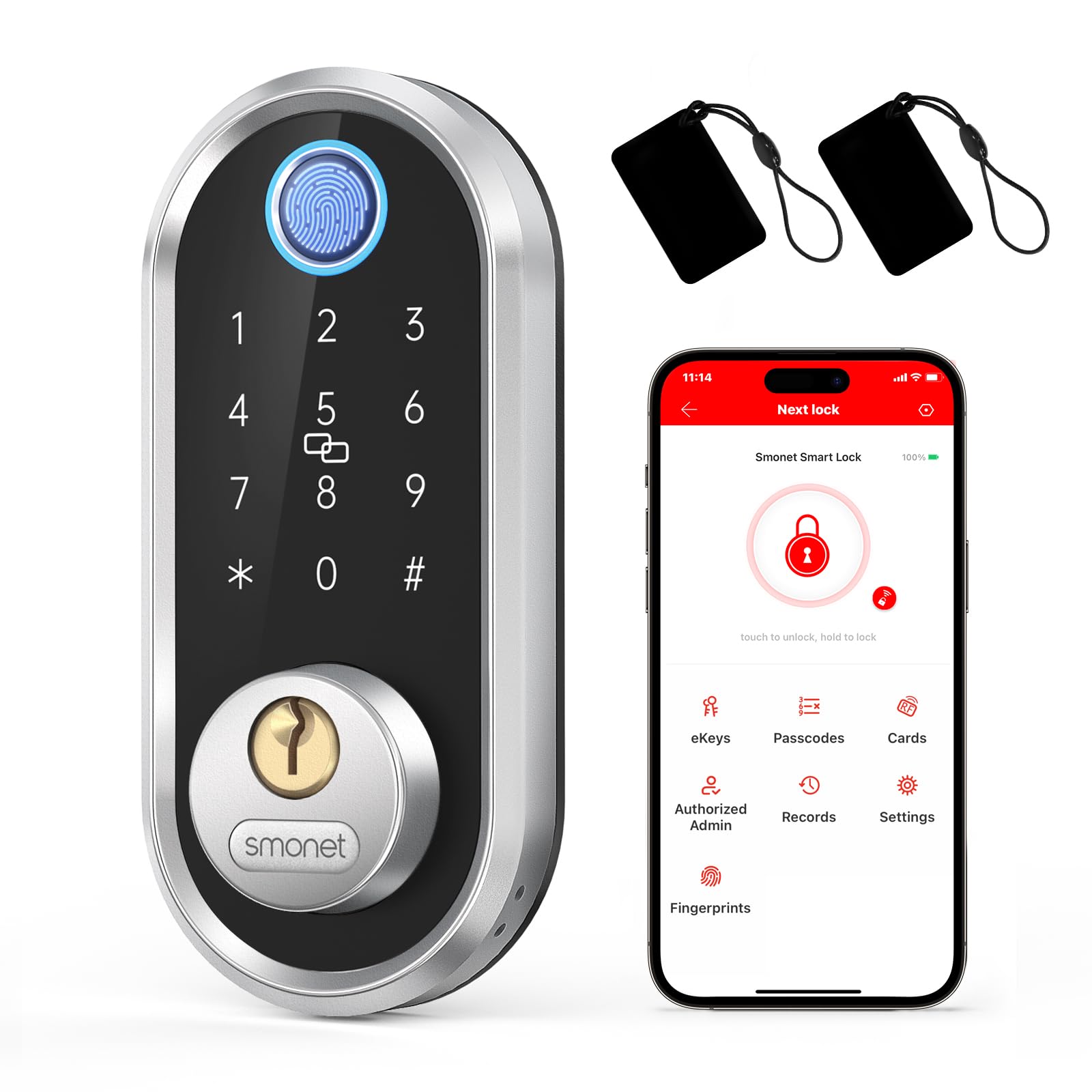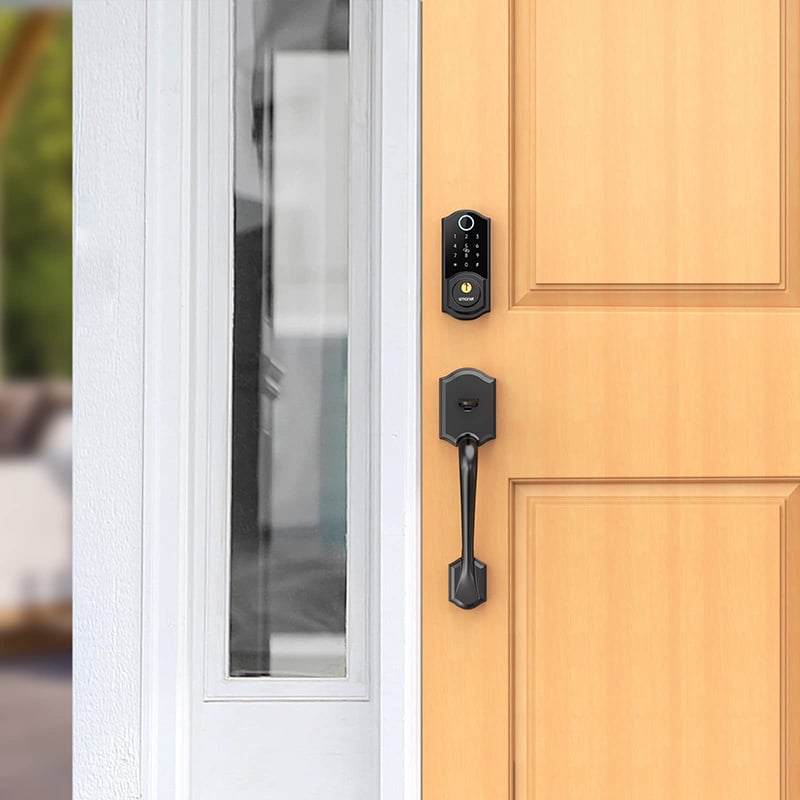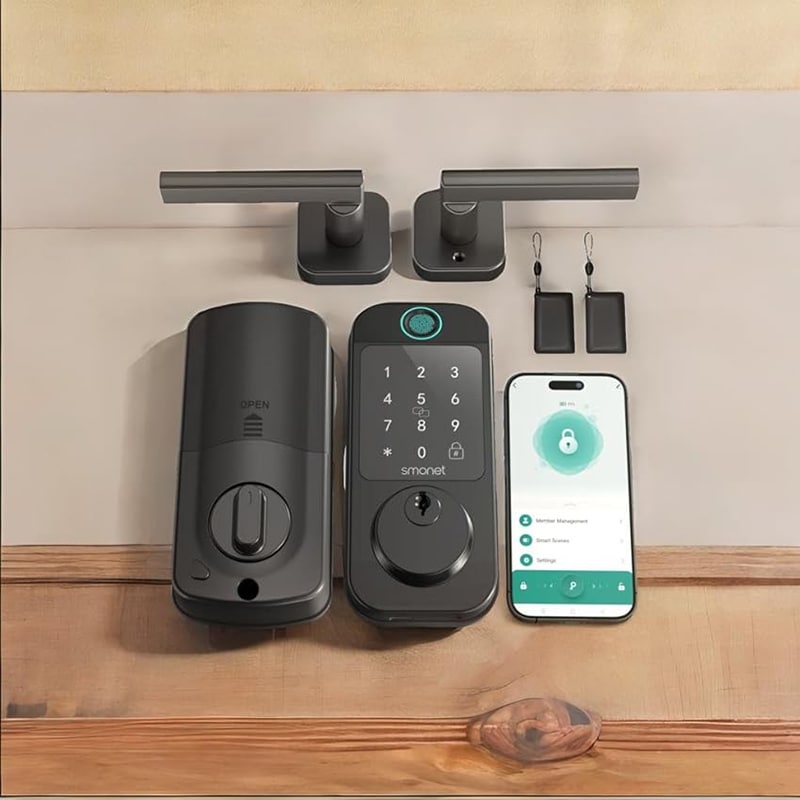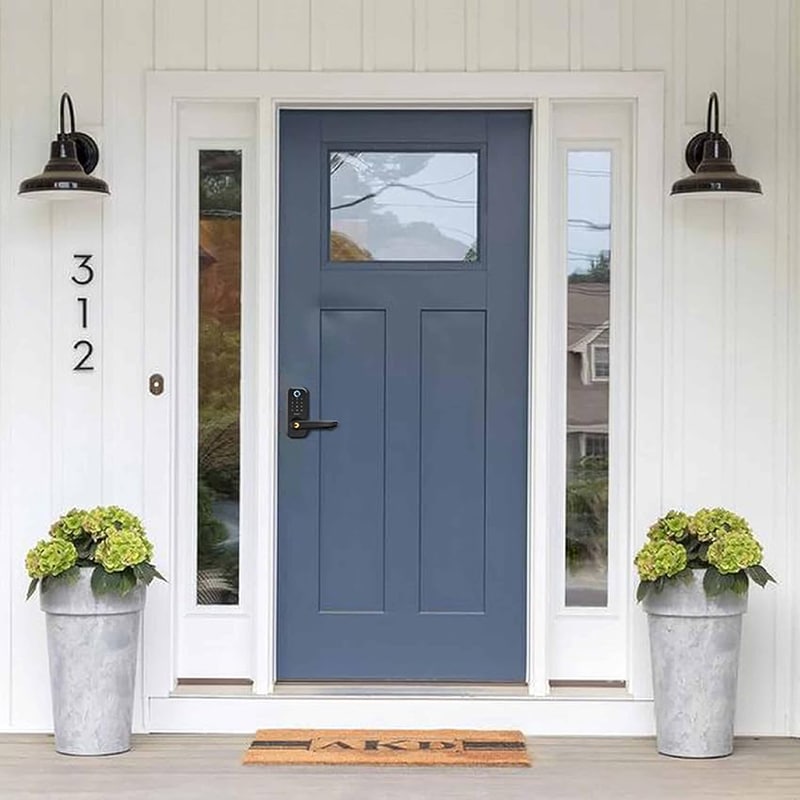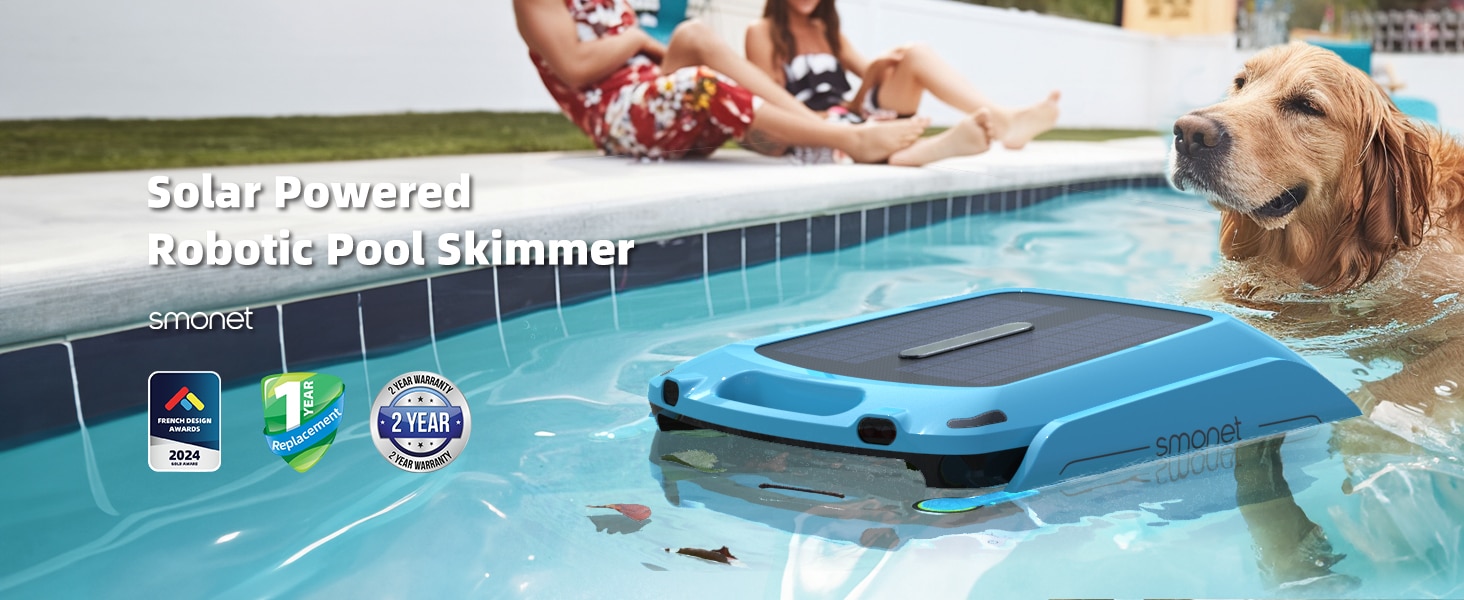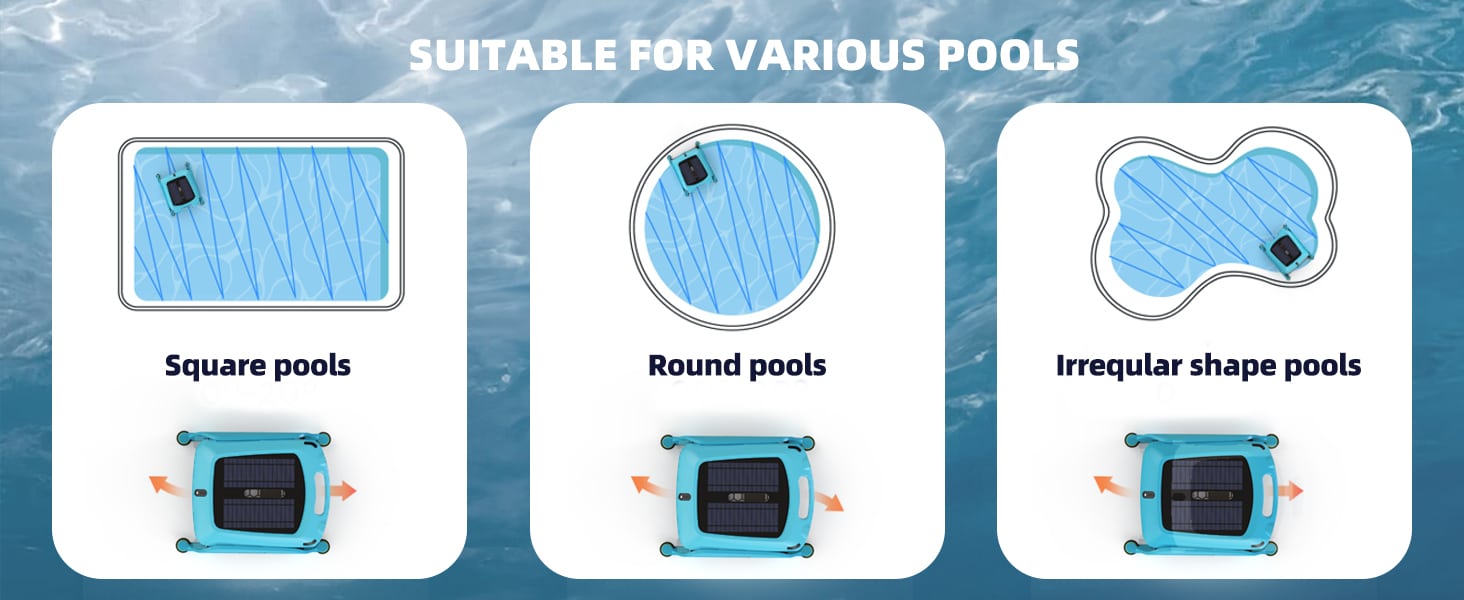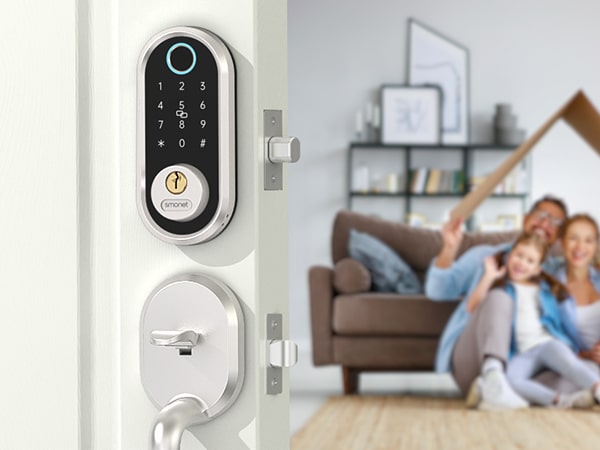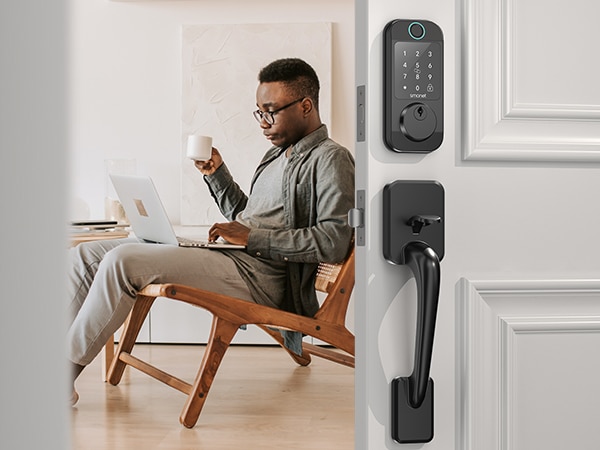Applicability of High-Temperature Protection Measures for Different Types of exterior door locks keyless
Standard keyless interior door lock usually rely on various battery types for their power sources, including alkaline, lithium, and rechargeable batteries. When considering the impact of high temperatures on these batteries and how to protect them, one must bear in mind that not all battery types react the same under heat exposure. Here’s a closer look at the effect of high-temperature protection measures on various battery types:
Alkaline Batteries
Alkaline batteries are cheap and readily available, often used in simpler electronic devices. However, they have relatively low tolerance to heat. High temperatures may result in decreased performance and risk of leakage, potentially damaging the device. Employing suitable insulation and cooling measures can mitigate these risks and prolong the lifespan of alkaline batteries.
Lithium Batteries
Renowned for their ability to withstand a wider range of temperatures, lithium batteries are commonly used in more advanced or outdoor electronic devices, including some keyless automatic door lock. While they have a higher heat tolerance than alkaline batteries, they still require protection from highly elevated temperatures. Lithium batteries can potentially overheat and are at risk of catastrophic failure including fire or explosion; hence, thermal regulation mechanisms and high-temperature cut-off features are essential.
Rechargeable Batteries
Depending on the specific chemistry of the rechargeable battery (e.g., Nickel-Cadmium, Nickel-Metal Hydride, Lithium-Ion), the high-temperature tolerance and risk levels can vary significantly. The general rule is to avoid exposing rechargeable batteries to high temperatures to reduce potential impacts on their performance and lifespan. Various protective measures, like using a thermal management system, avoiding charging in high heat conditions, and ensuring good ventilation, can help.
To sum up, different types of smart lock batteries exhibit varying tolerance levels and responses to heat, prompting the need for varied high-temperature protection measures. It’s essential for users to understand their specific battery type and adopt relevant protective strategies to ensure the optimum performance and longevity of their keyless entry interior door locks. In all cases, avoiding extreme temperatures as much as possible – whether from direct sunlight exposure outdoors or surroundings near heat-generating equipment – remains a must-have conservation measure.
Prime Day OFF
Until the End
-
Master Of Cleanliness: Visual Guide To Recognizing And Understanding Your Electric Pool Cleaners
-
Making the Right Choice for A Best Keypad Door Lock: A Guide Based on Material Consideration
-
The 7 Most Common Types of Locks for Home and Office Security
-
Door Knob With Fingerprint Identification- The Future Of Home Security
-
Selecting the Ideal Digital Door Lock Style and Color for Your Abode
-
Evolution Of Security- Smart Door Key Lock
-
Mailbox Digital Lock- Reinventing Mail Security In The Digital Age
-
Exploring Alternative Unlocking Solutions - Smart Lock Fingerprint Cards and Wristbands
-
Touch Id Door Locks- Next-Generation Security At Your Fingertips
-
Smonet Home Door Lock- The Future Of Home Security

